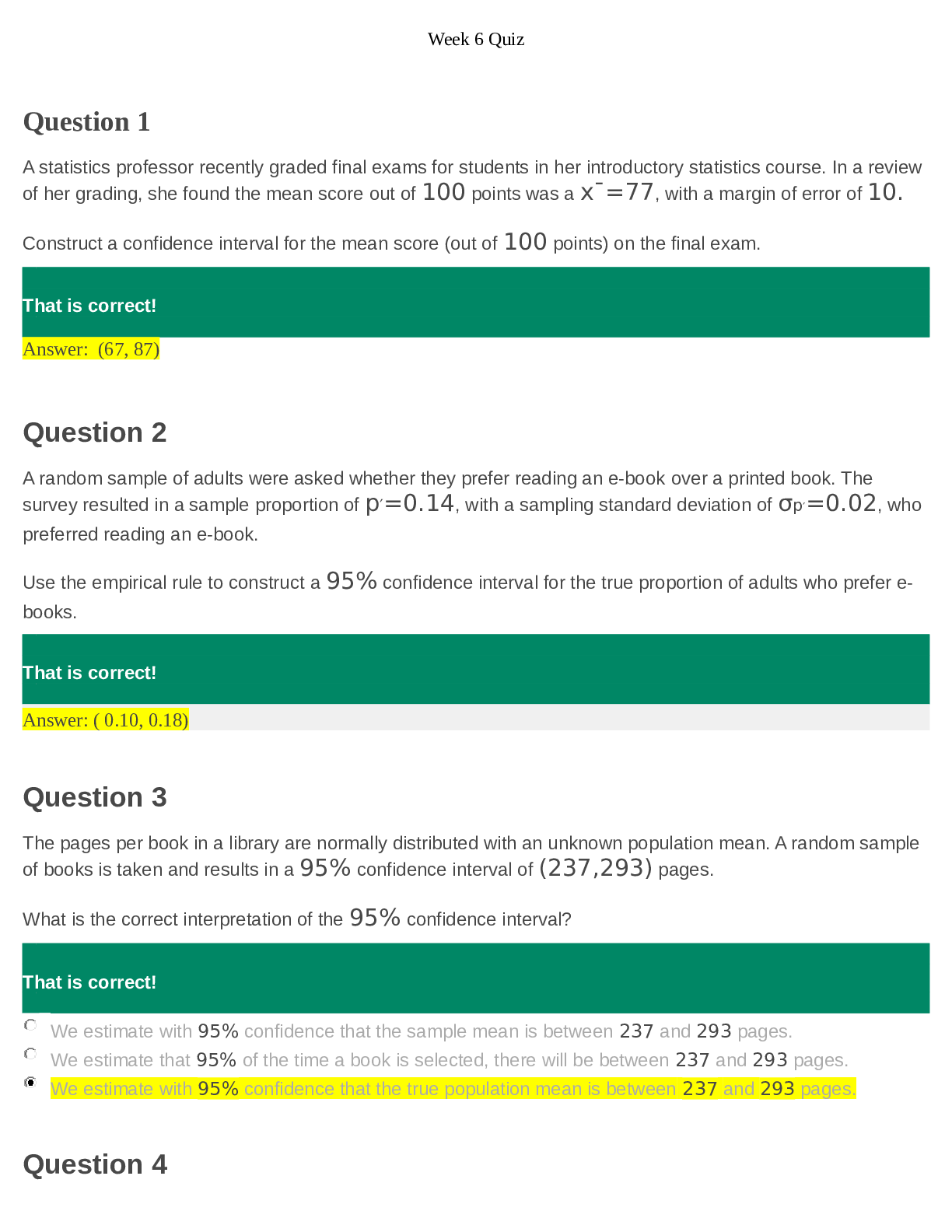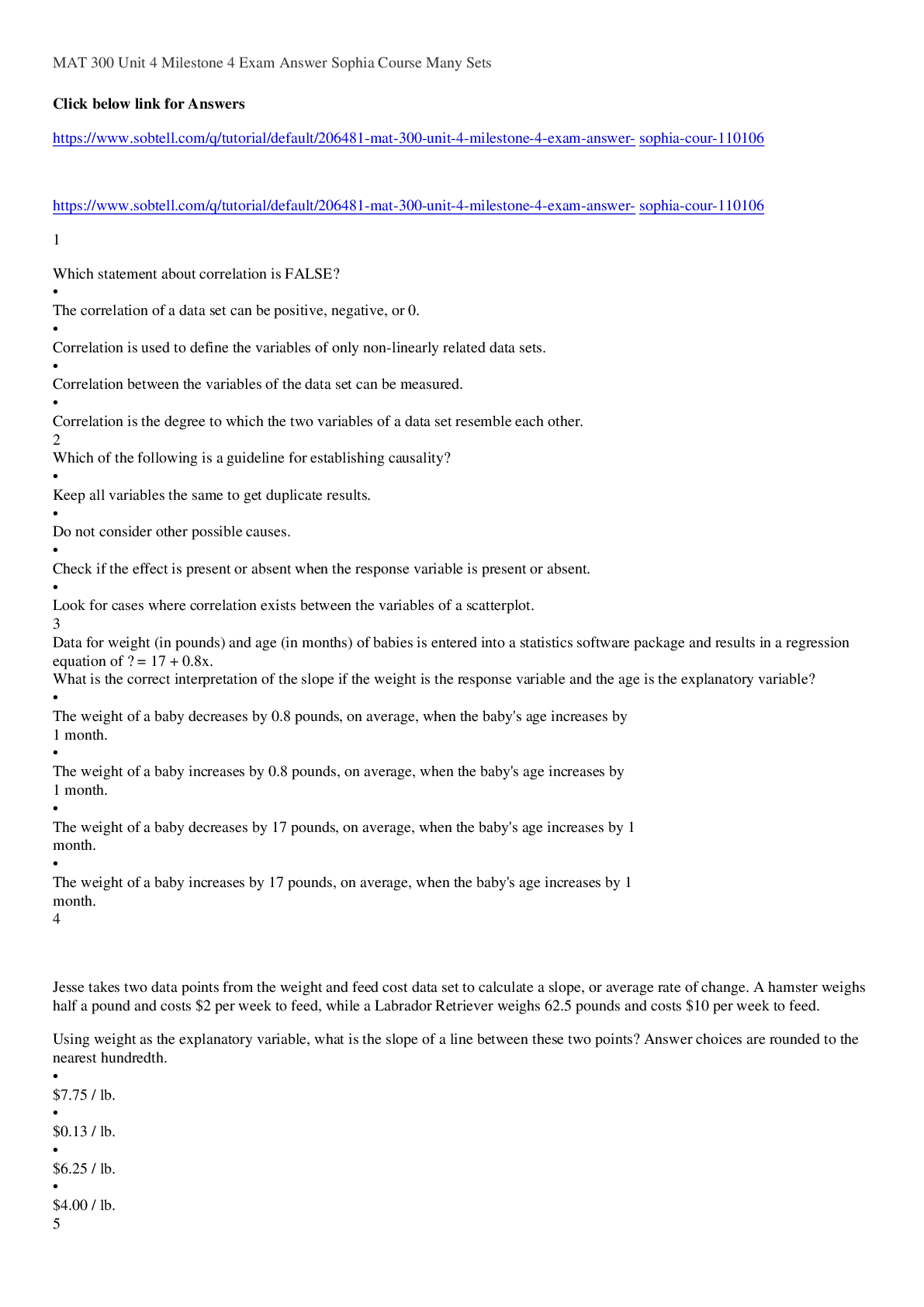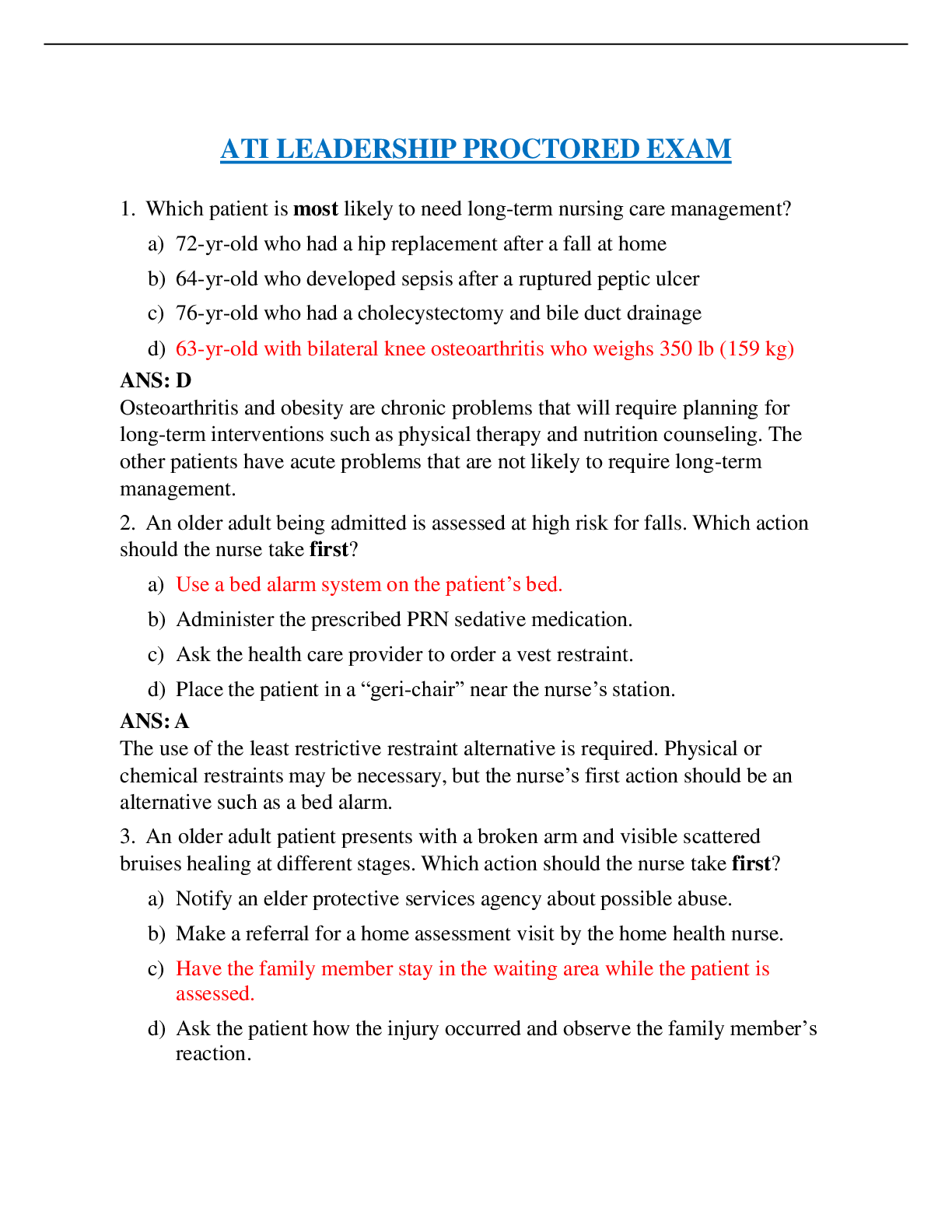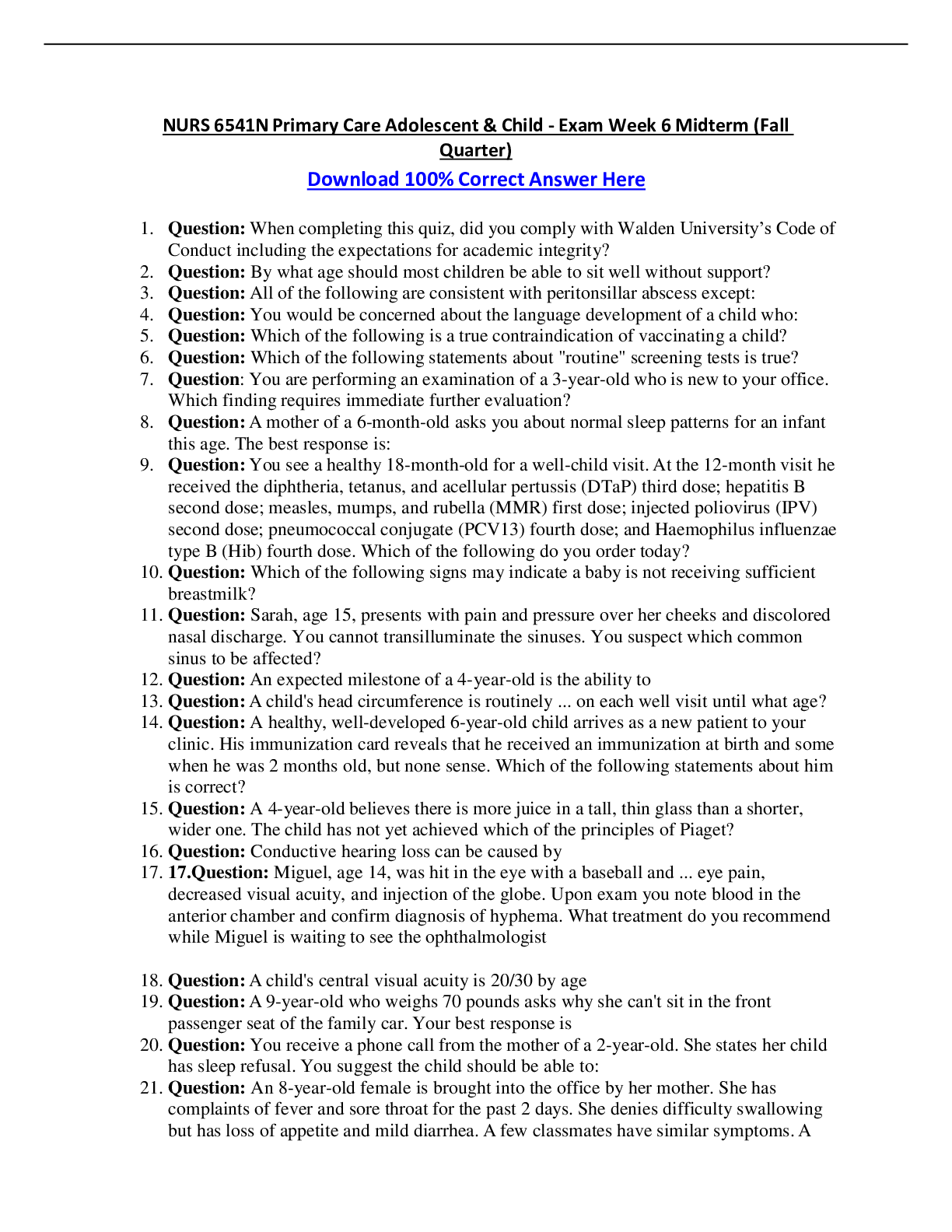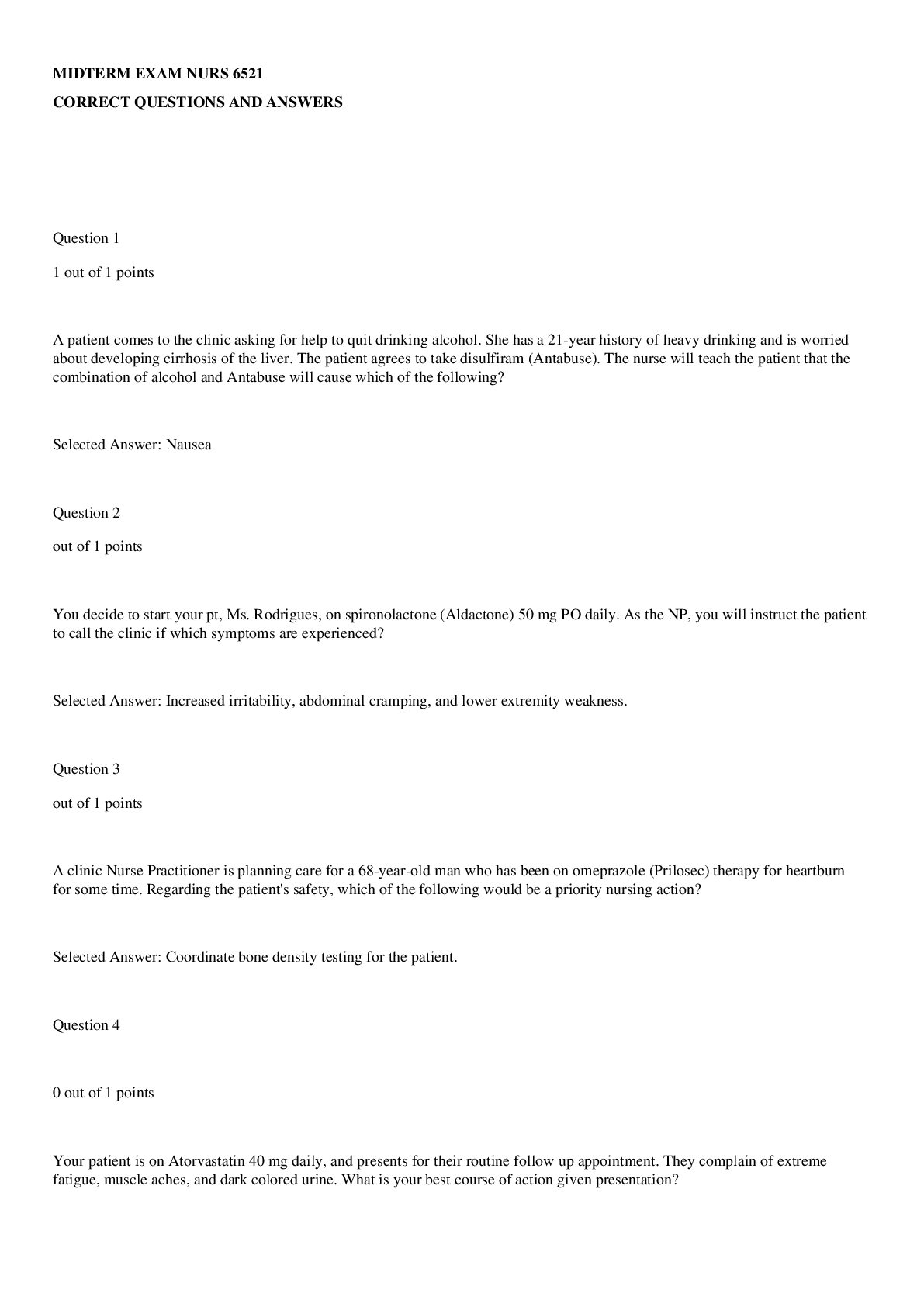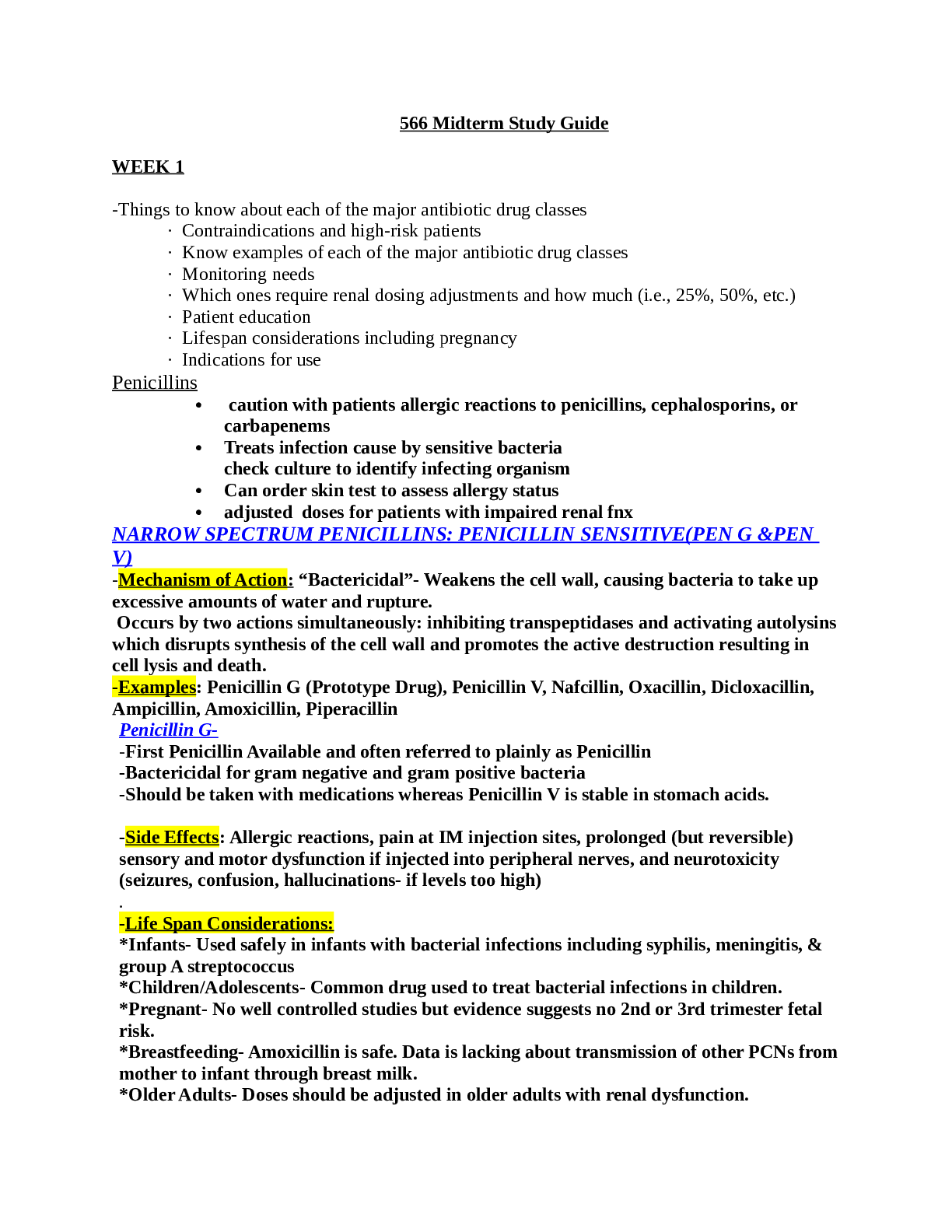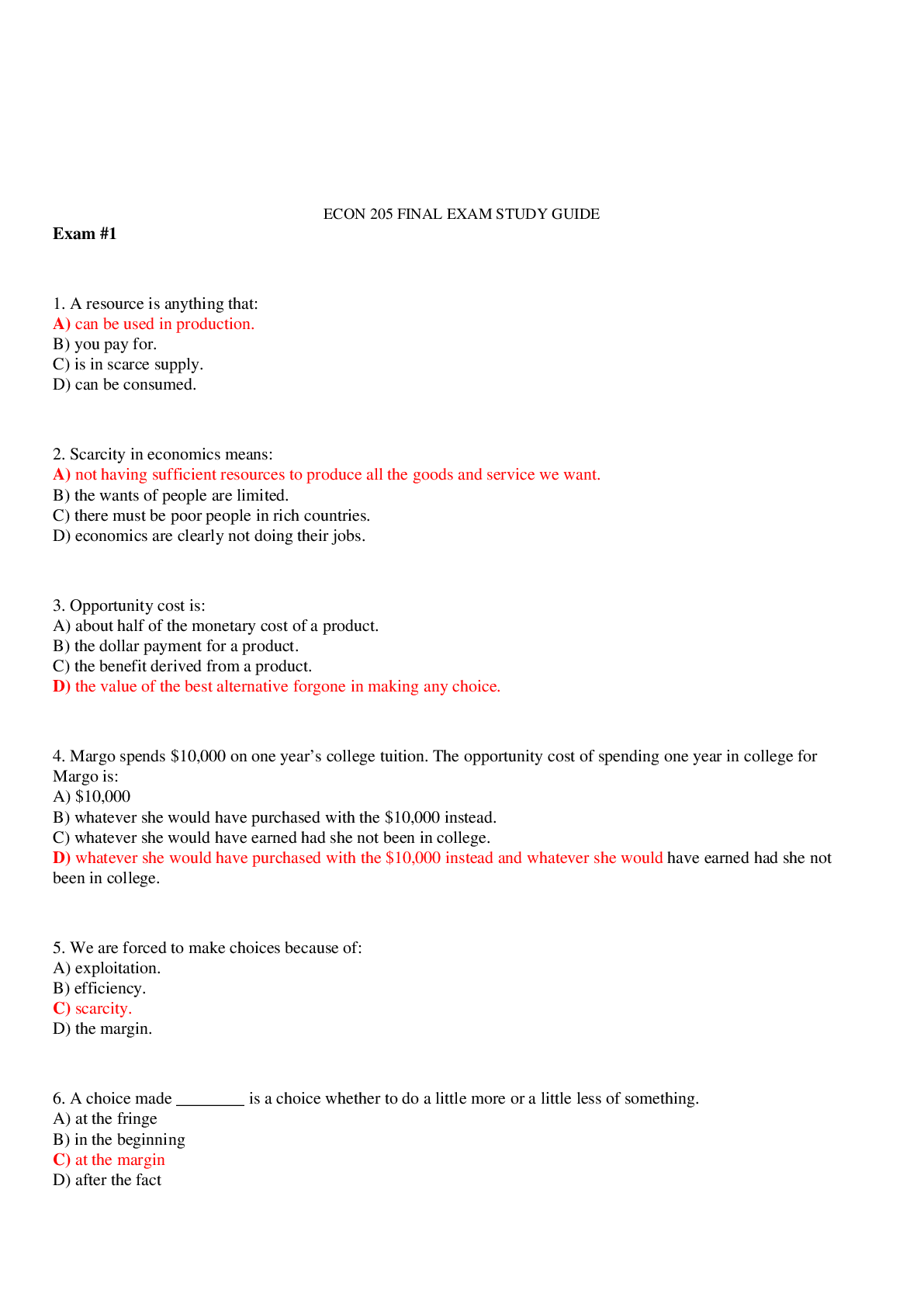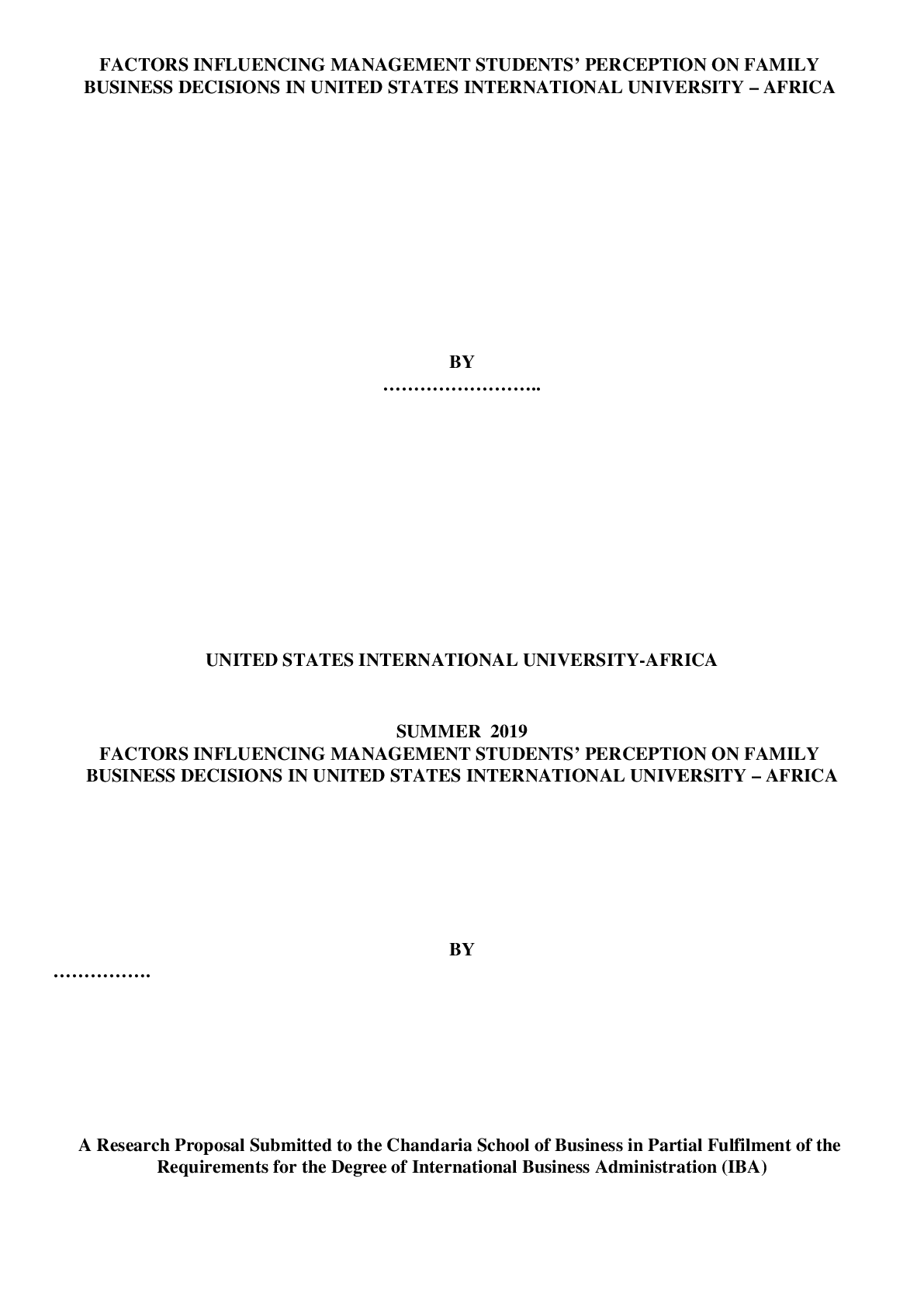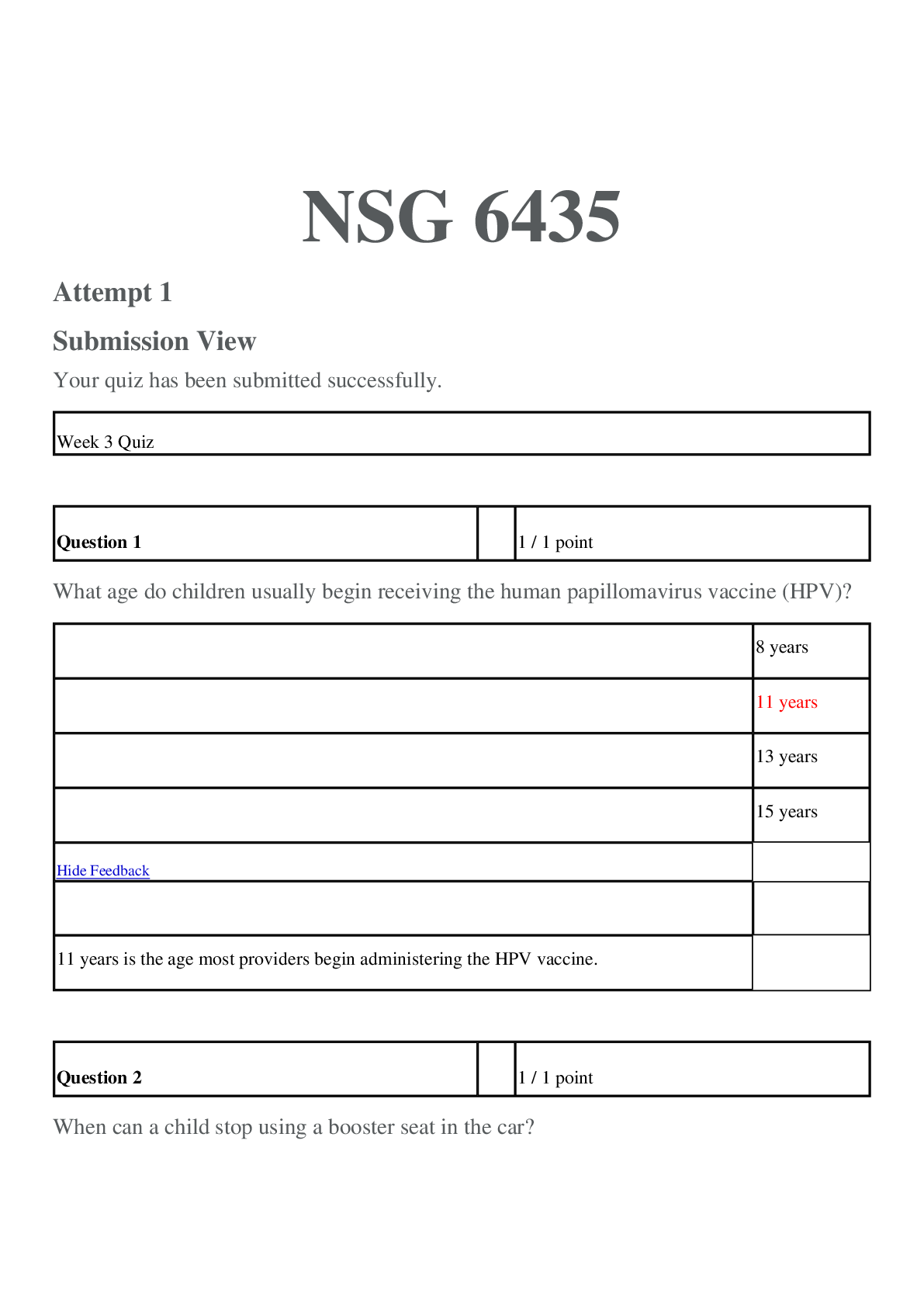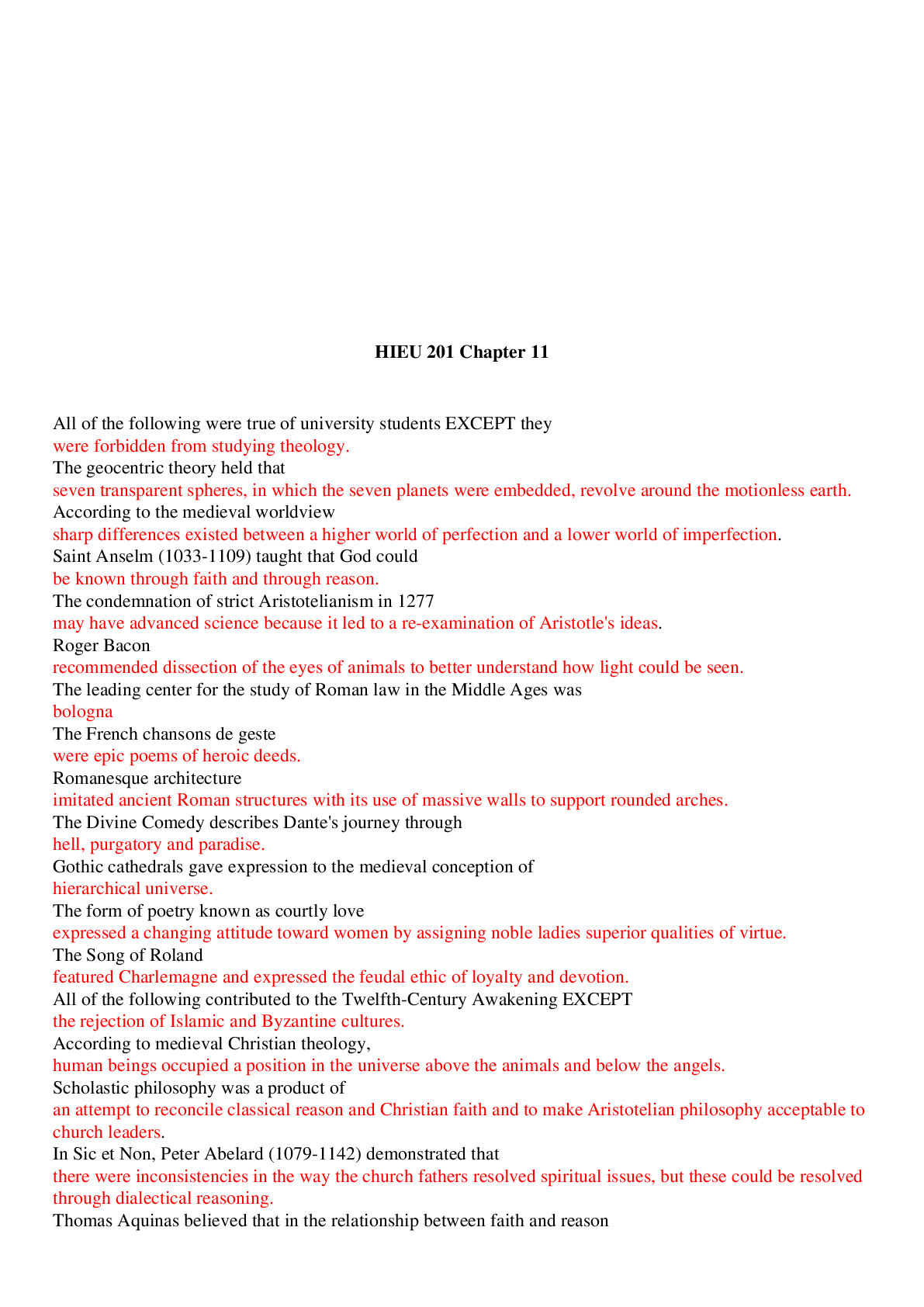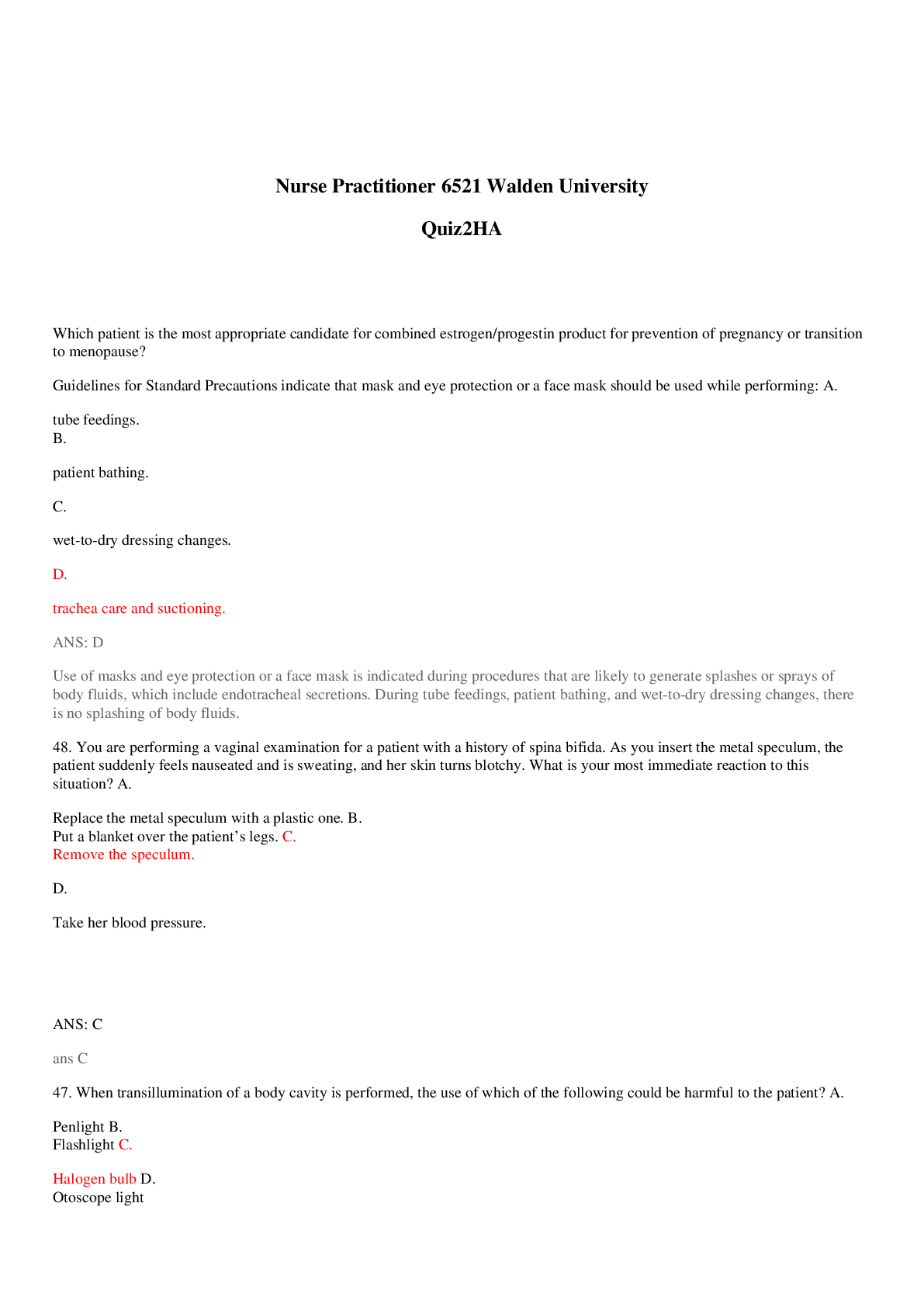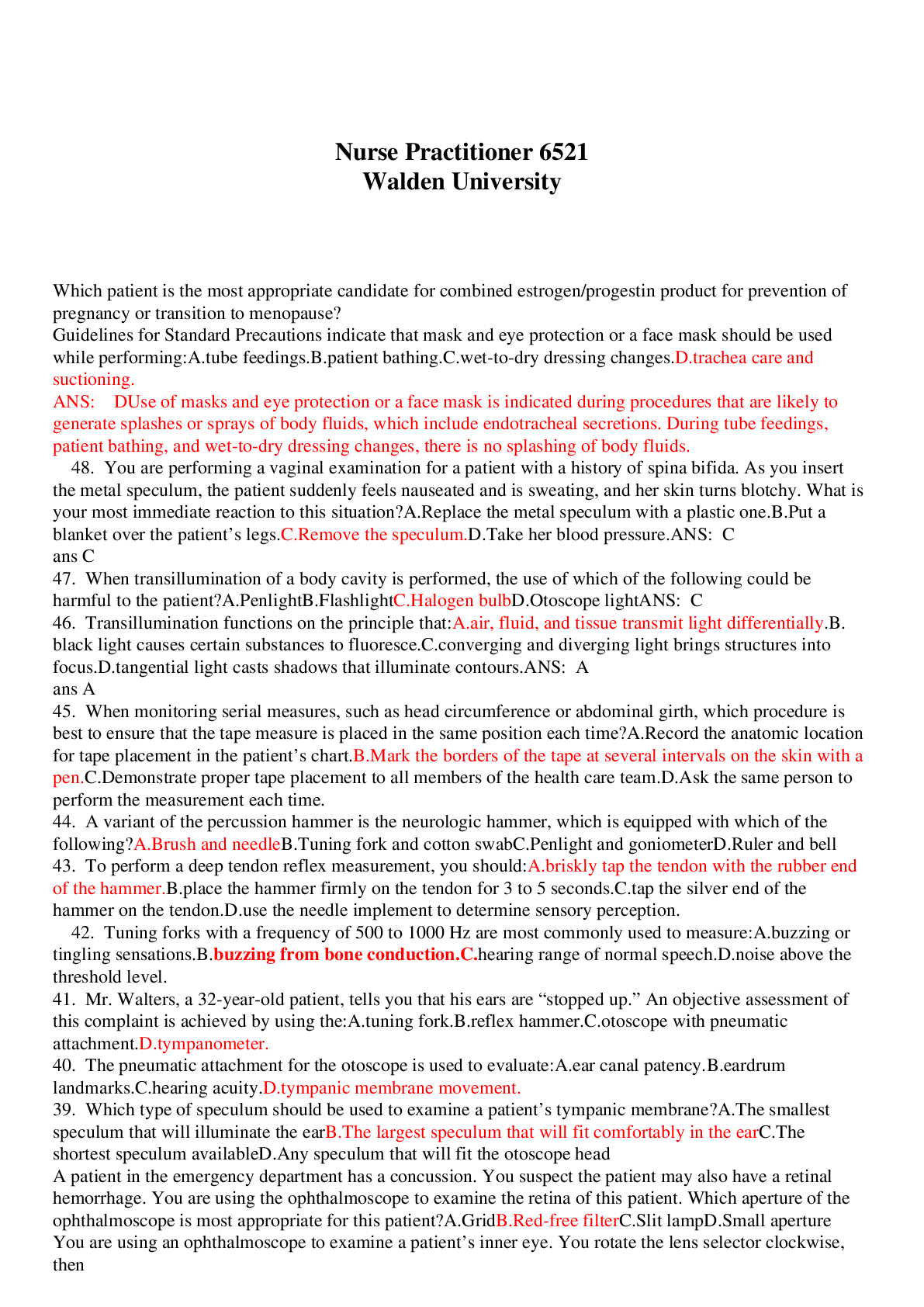Final Exam Blueprint
Document Content and Description Below
Alternate question types-22; Dosage Calculations-2 When studying content, focus on clinical manifestations, diagnostics, interprofessional care, and nursing interventions. Be thinking about what ar... e the most life-threatening complications, ABCs of priority care. COMPREHENSIVE REVIEW OF PREVIOUS EXAM CONTENT – 61 Week 1. Fluid, Electrolytes, and Acid/Base Imbalances and perioperative – 6 Pre and post op nursing interventions – 3 ● Pre-op goal is to identify risk factors and plan care to ensure safety ○ Allergies ○ Medications ○ Health history ○ Education- what to expect, remove nail polish ○ Informed consent-witness, make sure site is marked ○ Labs-make sure available, pregnancy test ○ Meds- antibiotic (one hour cut time), atropine (secretions), morphine (pain management), benzos (anxiety), PPI/H2 blockers ○ Give valuable to family, document ● Post-op ○ Monitor VS and make sure patient does not have adverse effects following surgery (baseline) very interested in respirations, any change oxygen first ○ ABCs, LOC ○ Due to void, asses bladder, palpate, bladder scan ○ Urinary output should be at least 0.5ml/kg/hr following surgery ○ coughing , deep breathing ○ Ambulation ○ Acid/Base Imbalances – 2 Hemodynamic monitoring - 1 ● Arterial line- more accurate ● CVP 0-8, with shock we want 12-15, in cardiogenic shock we want it lower than 8 ● Map 70-110 must do interventions when <60 ● Pulse pressure 40-60 Week 2. Dysrhythmias – 6 ECG identification and treatment – 4 ● Sinus Bradycardia: ○ Fires at a rate less than 60 beats/min ○ Could be normal for athletes and when some people sleep ○ Common disease states associated with bradycardia are hypothyroidism, increased intracranial pressure and MI ○ Treatment: If due to drugs, these may have to be held, stopped or reduced, for the patient with symptoms, treatment consists of giving IV atropine. Patient may need a pacemaker ● Sinus Tachycardia: ○ The sinus rate is 101-180 beats/min ○ Associated with exercise, fever, pain, hypotension, hypovolemia, anemia, and hypoxia ○ It can be an effect of drugs such as epinephrine, norepinephrine, atropine and caffeine ○ s/s: Dizziness, dyspnea, and hypotension because of decreased cardiac output .....................................................................CONTINUED..................................................................... [Show More]
Last updated: 1 year ago
Preview 1 out of 21 pages

Buy this document to get the full access instantly
Instant Download Access after purchase
Add to cartInstant download
We Accept:

Reviews( 0 )
$7.00
Document information
Connected school, study & course
About the document
Uploaded On
Oct 24, 2021
Number of pages
21
Written in
Additional information
This document has been written for:
Uploaded
Oct 24, 2021
Downloads
0
Views
41

